7 things we learned from a half Ironman triathlon
Humbling and exhilarating in equal measures, a half Ironman triathlon is an unforgettable experience - following these hard-learned tips will make sure that's for all the right reasons.
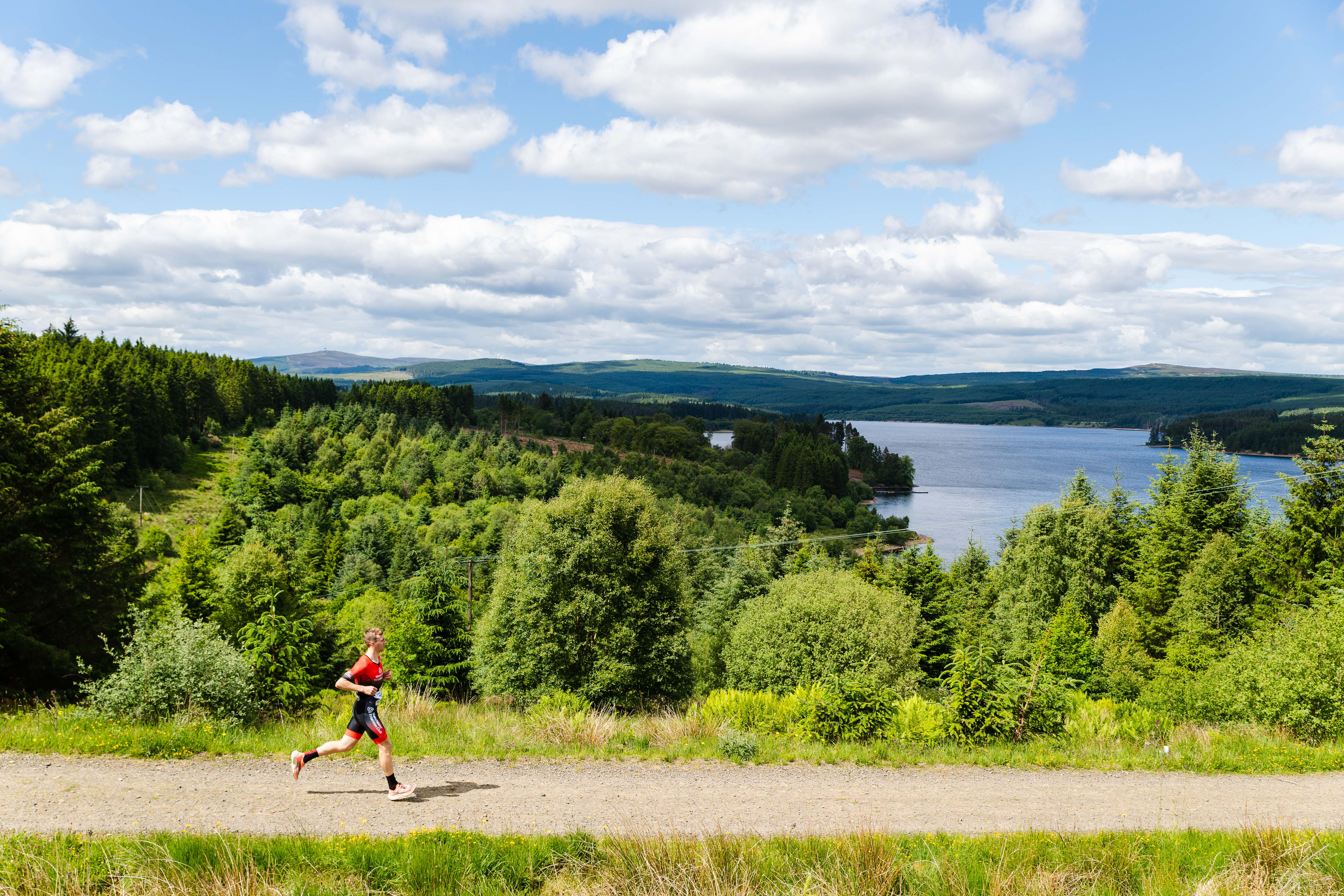
Despite being known as 'Half' Ironman, there are no half measures when it comes to these endurance challenges. The clue is in the name: 70.3 refers to the total number of miles you'll cover in this swim-bike-run. Which, clearly, is no walk in the park.
If only we'd figured that out before diving in.
Our Former Editor, Jack, had a crack at a 70.3 triathlon in 2019 at the Ironman 70.3 Staffordshire. While the event itself was fantastic, his experience could be charitably described as 'humbling'.
More accurately, it was an absolute mess.
It's a common refrain that we learn more from our failures than our successes, however, and this experience definitely yielded some useful insights into how - and how not - to train for and participate in a 70.3 triathlon. If you're interested in taking one on yourself, we whole-heartedly encourage it, despite our own less than glamorous experience. Just make sure you learn from our mistakes first!
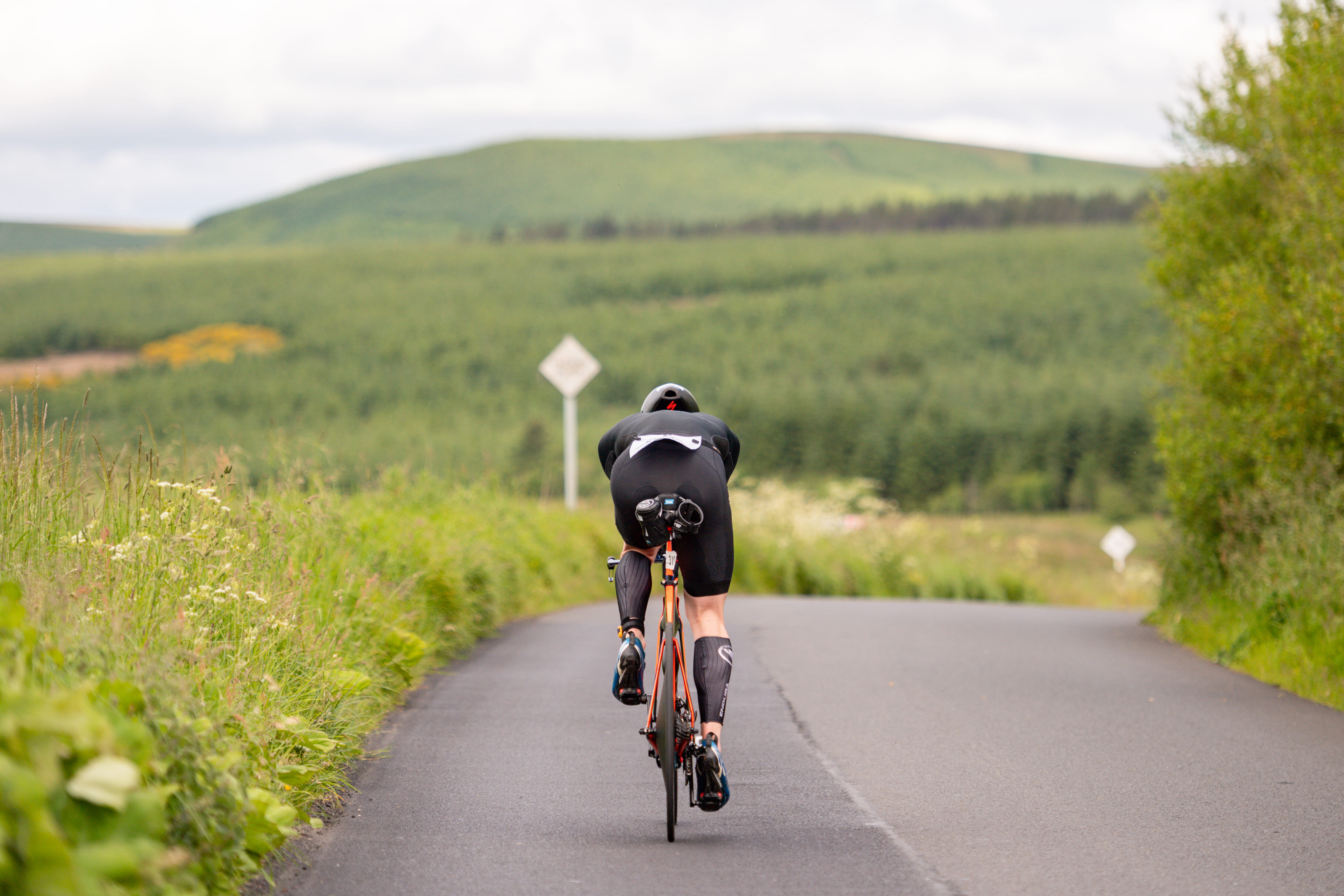
#1 Train disciplines equally
Wherever you are on your triathlon journey, from just getting started to a seasoned competitor, you're going to have a favourite discipline in a swim-bike-run - you're also going to have a least favourite. In our case, running and swimming were strengths while time in the saddle definitely took a back seat when it came to training, which would have major consequences in the race.
Any good training plan for a 70.3 triathlon will include a balance between swimming, cycling and running and maintaining that balance is key. It's usually pretty easy to convince yourself to get out for a run - simply lace up your trainers and head out the door. Cycling and swimming both require more preparation and can take more time, but neglect those sessions at your peril.
While this is true of any triathlon, a 70.3 includes a 1.2-mile swim and a 56-mile bike ride, so if your training is too focused on running then you'll get found out pretty quickly.
In Jack's case, the swim went without a hitch but roughly 40 miles into the bike ride, his lack of cycle training became apparent and the pace slowed significantly. The extra effort required to push through then had a knock-on effect in the run, which should have been the strongest leg!
While you may have a preferred discipline and will defer to that when picking a training session, make sure each of the three gets adequate time as you prepare for the event.
Takeaway: While you might prefer one discipline to another, don't neglect any in your training - focus on achieving a balance between swimming, cycling and running.

#2 Commit time to training
Once you've got the balance of your training figured out, working out how many hours each week to run, swim and cycle is the next hurdle.
This is one of the main barriers to people signing up for a full Ironman triathlon, knowing that not only will weekends be committed to full-day cycles and bric sessions, but each morning and evening will need to be spent training to have a chance of crossing the finish line in one piece.
Fortunately, 70.3 triathlons do not require quite as much training as the full distance - but don't assume that you can get by without putting in the hours.
On average, 10 hours per week on training will put you in good shape to take on a 70.3 triathlon. As you work out the ideal balance for you, based on your strengths and weaknesses, the weekly split could look something like this:
Swimming: two hours
Cycling: five hours
Running: three hours
Of course, that could vary wildly depending on your individual circumstances but the key message is to make sure you're putting the hours in. You'll thank the hard work on race day when your energy levels don't crash like Jack's did. For the record, his weekly training split looked roughly like this:
Swimming: two hours
Cycling: two hours
Running: one hour
Miscellaneous strength training, resting and eating: eight hours.
Takeaway: 70.3 miles is a long way - put in the hours in training so you can enjoy the whole thing.
Not ready for a 70.3? Find a beginner triathlon
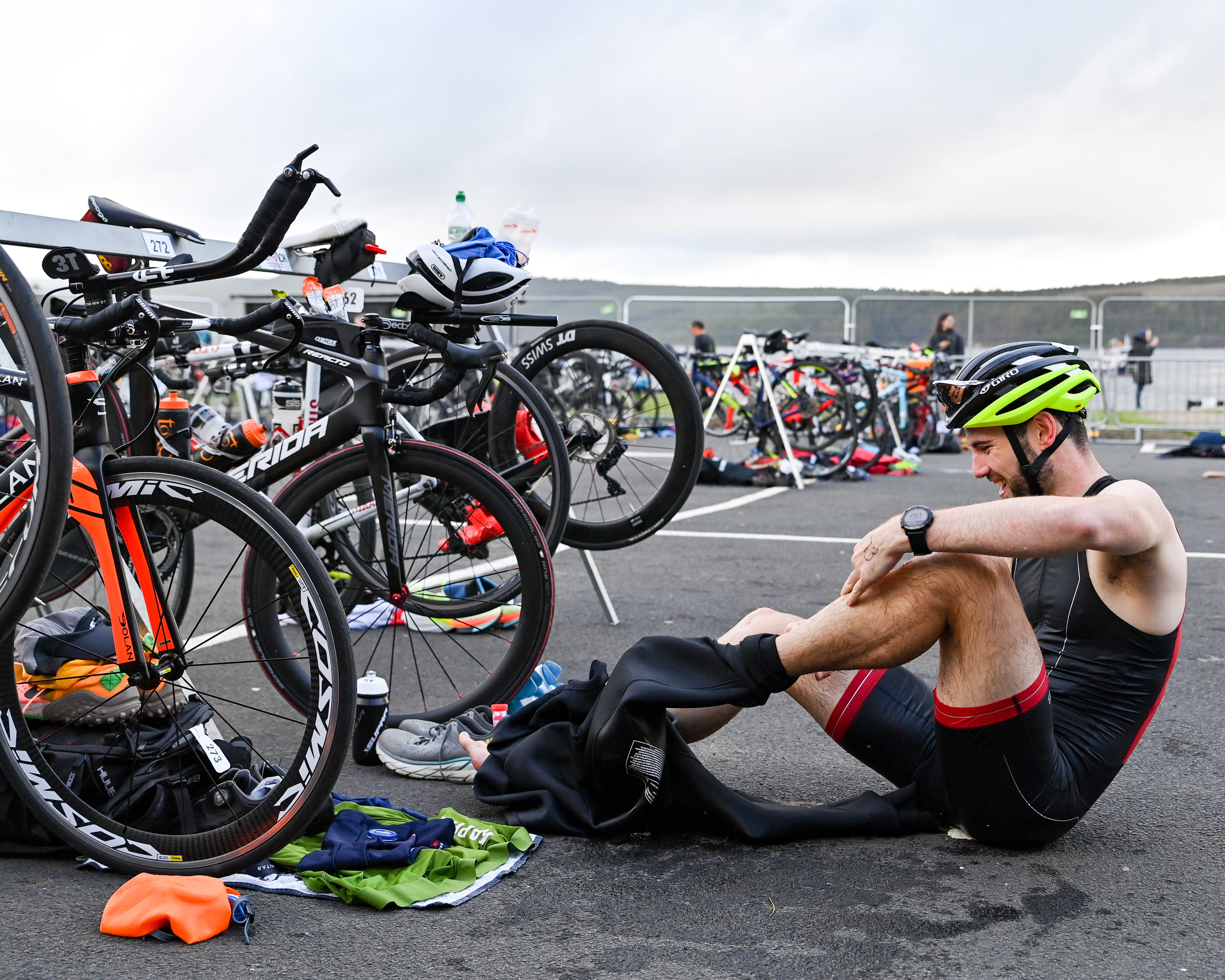
#3 Quality kit pays for itself
After a bit of mickey-taking at Jack's expense, there is some small room for him to defend himself at this point.
Within the first 50m of the bike ride, his chain popped off - no big deal, a quick repair at the side of the road and he's back on his way. The bike leg of the Ironman 70.3 Staffordshire begins with a climb, which about halfway up his bike had another fault.
In this case, the whole back wheel fell off.
With another roadside repair, he did manage to get moving but by this point had lost about 20 minutes and quite a lot of momentum, not to mention now being pretty frustrated and wondering if it would happen again. The issue here is that the bike in question was not suited to the event - it was a vintage Claud Butler steel touring bike, so while a lovely piece of engineering it simply couldn't compete with the modern road and TT bikes being used by other participants.
So while this is another option to poke fun at Jack for choosing such a clearly inappropriate bike, there is also a lesson to be learned: make sure you have the right clothing and equipment or pay the price.
We'll never advocate spending thousands on a fancy bike when a cheaper one will do the job, but that's exactly the key point: however much you spend, it needs to be able to perform. That's as true of your running shoes, wetsuit, trisuit, race belt and socks as it is your bike, too.
Having decent clothing and equipment in your corner will allow you to focus on the physical challenge of swimming, cycling and running 70.3 miles, not worrying about your back wheel falling off or grimacing at a blister with every other step.
Takeaway: Turn up with clothing and equipment that will keep pace with you, not slow you down.
Crank it up to a full Ironman triathlon

#4 Nutrition strategies are worth thinking about
As we see it, you've got two options here:
Take the time to plan your nutrition throughout the course of the race, testing different options in your training to make sure that you're appropriately fuelled for a long-distance endurance event.
Grab handfuls of jelly babies at each food station and pray your legs keep moving.
We'll let you guess which one Jack went for.
For an endurance event like a 70.3 triathlon, ultramarathon or long-distance sportive, how you feed and hydrate yourself along the way will make a big difference on your performance. While we're not going to get into a discussion of exactly what you should be eating as you go - we'll save that for later - there are some simple guidelines to help you plan your strategy.
Eat something as you start riding
You'll have just finished a 1.2-mile swim, likely taking between 30 and 60 minutes, as well as expending a lot of energy in the process. The best thing you can do as you transition onto the bike is get something into your system to start that section on the front foot. Don't wait until your legs are already beginning to cramp.
Plan a schedule for the cycle
You'll be on the bike for a few hours, so our advice is to plan regular intervals at which to refuel, either with food, water or salt tablets. Whatever the frequency is that you go for - 30, 45 or 60 minutes - stick to it, even if you don't feel hungry when the interval comes around. Small doses of energy will help you to keep moving at a consistent pace.
Take advantage of the food stations
While you may have planned a complete race strategy for nutrition, sometimes a spontaneous cup of water or handful of fruit can help as you pass a food station. This is particularly true during the run, so feel free to walk through the aid station and help yourself, sticking to the plan of little and often.
Takeaway: Plan your nutrition strategy to your needs and stick to it!
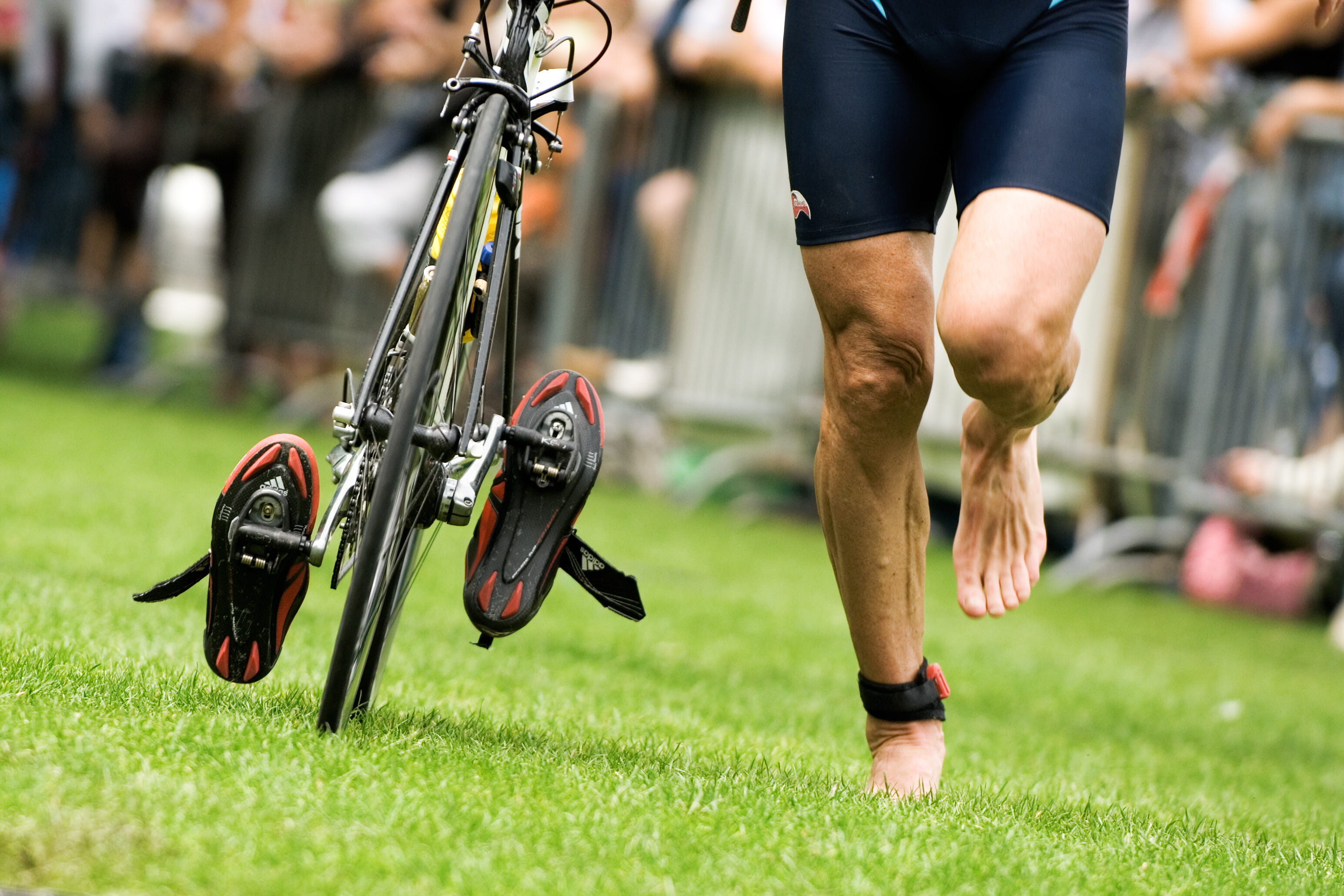
#5 Use mid-race micro goals
No matter how hard you train, how good your kit is and how well you plan for the race, you're going to find it tough.
That's really why we enter endurance events like 70.3 triathlons in the first place - to test our mental and physical limits, seeing if we've got enough in the tank to get to the finish line in one piece. They're designed to be difficult to complete.
Once you've prepared as best you can physically, it often becomes a mental battle to carry on moving when you start to tire, which is where micro goals become one of the best strategies available to you.
It's a simple but effective concept: if your energy is starting to flag, don't think about the whole race and getting to the finish line. Just focus on making it to the next big marker. If you're 30 miles into the bike ride, for instance, set yourself the goal of just getting to the 40-mile mark. It feels much more achievable than trying to consider cycling another 22 miles and then running a half marathon.
Once you hit that micro goal, set another target and keep repeating until you make it to the finish line. It's a simple technique used by professional athletes because it works. Your attention is focused on the next immediate challenge, not the big picture.
For Jack, this was particularly effective during the run. After a tough bike, thanks both to mechanical issues and a lack of cycle training, the half marathon was more difficult than it might otherwise have been. The only way to get through was to break that 13.1 miles down into achievable targets, ticking them off as he went.
Takeaway: The mental battle is often as tough as the physical one in a long-distance event - plan your approach.
Read our guide to entering your first triathlon

#6 It's not a race...but it is
We're making an assumption here that you're not training for a podium finish and are more interested in the personal challenge of an endurance event than your position compared to others. You might be chasing a PB but you're still racing yourself.
What this means is you can work with other people, even if you don't know them and haven't entered as a team. Why would you want to do that?
Well, there's a few reasons.
For a start, triathlons lend themselves well to working as a team. Although drafting is prohibited during the bike section of most events, tagging along with someone else and keeping each other motivated can be a really effective strategy. People make new friends at races all the time, helping to spur each other onto the finish line and staying connected afterwards.
Even if you're not interested in forging new friendships, running alongside another participant will provide the motivation you need to keep moving.
The second reason is that while you may not be racing other people outright and aiming to climb up the leaderboard, being a bit competitive with others can be a very powerful motivational tool. In Jack's race, he was flagging by the middle of the half marathon and was using micro goals as a way to keep moving - but often those micro goals involved catching up with the person ahead. There was no real sense of competition with that individual but creating a mini race (of which they were completely unaware) was enough to convince him to kick on when the going got tough.
Takeaway: Work with other people to keep moving when the race gets tough - you'll both appreciate it.
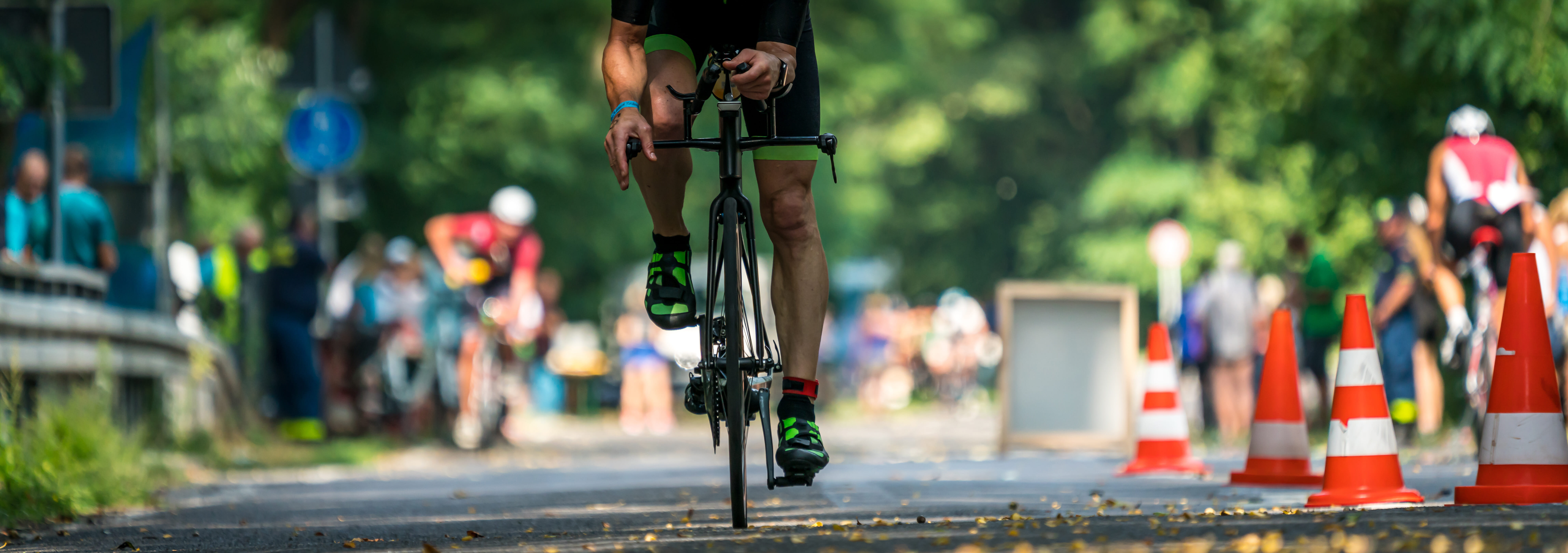
#7 Find the right race for you
Coming the endless flat landscape of South Lincolnshire, right on the edge of the Fens, hills are hard to come by for Jack. So while the Ironman 70.3 Staffordshire wasn't quite as brutal as a race in Wales or the Lakes might have been, the climbs still came as a shock.
All 70.3 triathlons are tough - as mentioned above, that's kind of the point. Picking one with long climbs when you're not able to train on hills is a bit daft, though.
On which basis, you've got a couple of options:
Pick a race that is in your immediate local area, so you can train on the landscape that you'll be racing in, taking any 'surprises' out of the equation.
Make regular trips to train in the area you'll be racing in, for the same reason.
Fortunately, finding a race is made much easier on TimeOutdoors - you can filter 70.3 triathlons by your local region, as well as finding a race at the right time of year to give you enough time to train. With those considerations made, you can sign up in confidence, knowing that you've given yourself every opportunity to turn up feeling prepared.